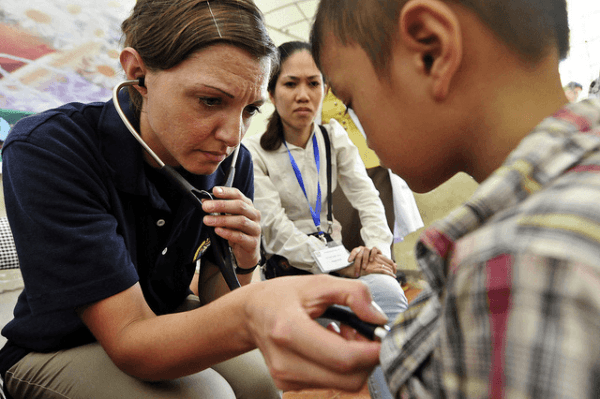What is TB?
Tuberculosis (TB) is a bacterial infectious disease of the lungs. It is caused by the bacteria, Mycobacterium tuberculosis, and can be contracted through exposure to airborne pathogens from coughing or sneezing. TB is largely resistant to the drugs used to treat it, forcing patients to take a cocktail of medications over an extended period of time to completely eradicate the infection from their system.
How do I know if I have TB?
Some common symptoms of TB include:
- Coughing up blood
- Chest pain
- Weight loss
- Fever
- Chills
- Fatigue
Official diagnoses can only be made by a licensed healthcare professional. The doctor will listen to your lungs and check for swelling in the lymph nodes. There is also a skin test called a PPD (Purified Protein Derivative) test that can be used to diagnose TB. PPD tuberculin is injected into your forearm; if swelling occurs within 3 days, you are likely to have a TB infection.
Doctors may also order blood tests, chest X-rays, CT (computerized axial tomography) scans, or sputum (mucus) tests to confirm the diagnosis.
Image Source: Spencer Platt
TB can be active or latent. Latent TB does not causes symptoms and cannot be spread to other individuals. However, the bacteria can become active later, for example, when an individual’s immune system weakens from another infection such as HIV. Therefore, individuals who may be at risk for TB (due to previous exposure) should get diagnosed and seek treatment early on.
How is TB treated?
TB is treated with medications and antibiotics. However, the greatest danger of TB is that many TB bacteria strains are drug resistant. For this reason, individuals may have to take medication for up to nine months to fully kill all the bacteria. The most important part in an effective treatment is to complete the full course of treatment.
Feature Image Source: 120712-O-ZZ999-011.jpg by COMSEVENTHFLT










